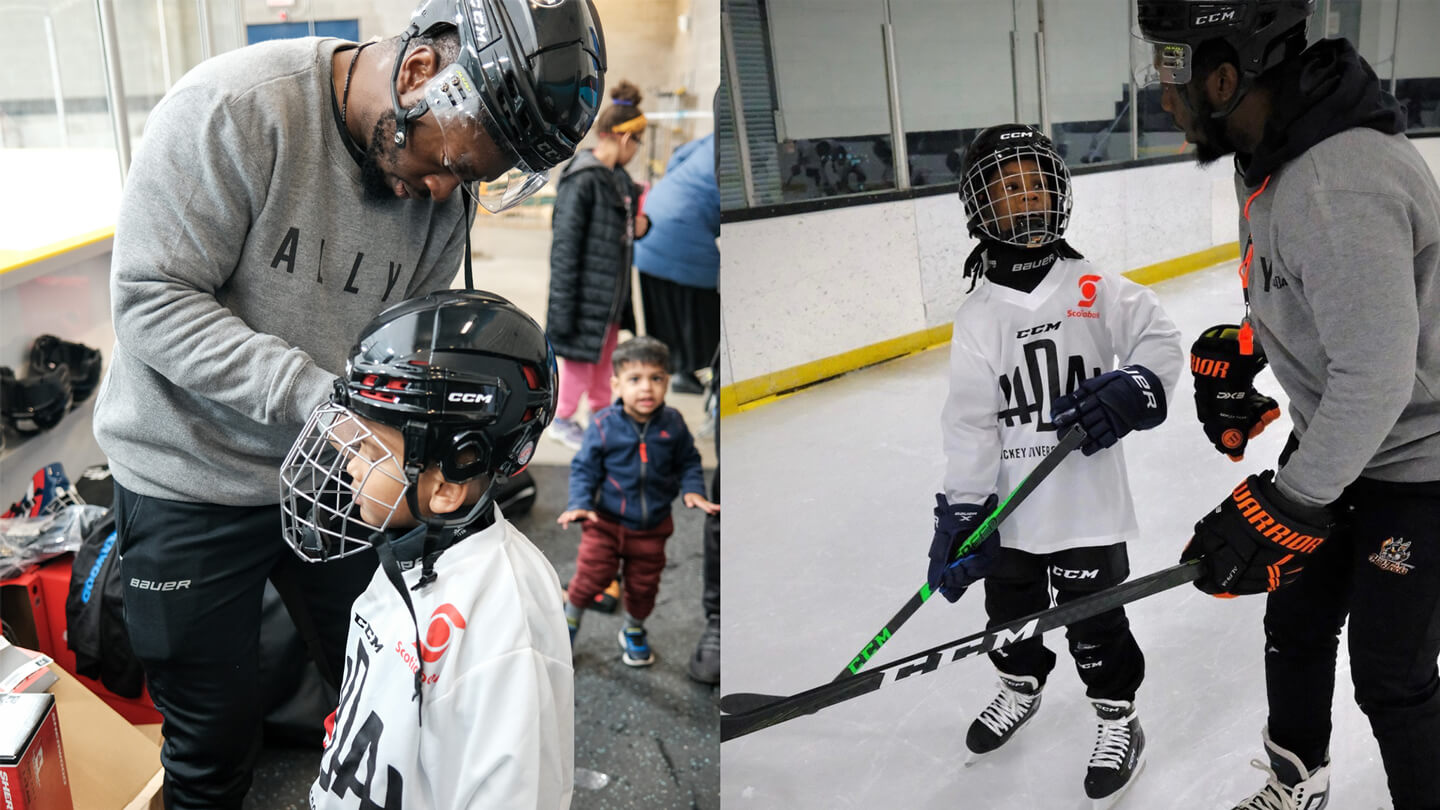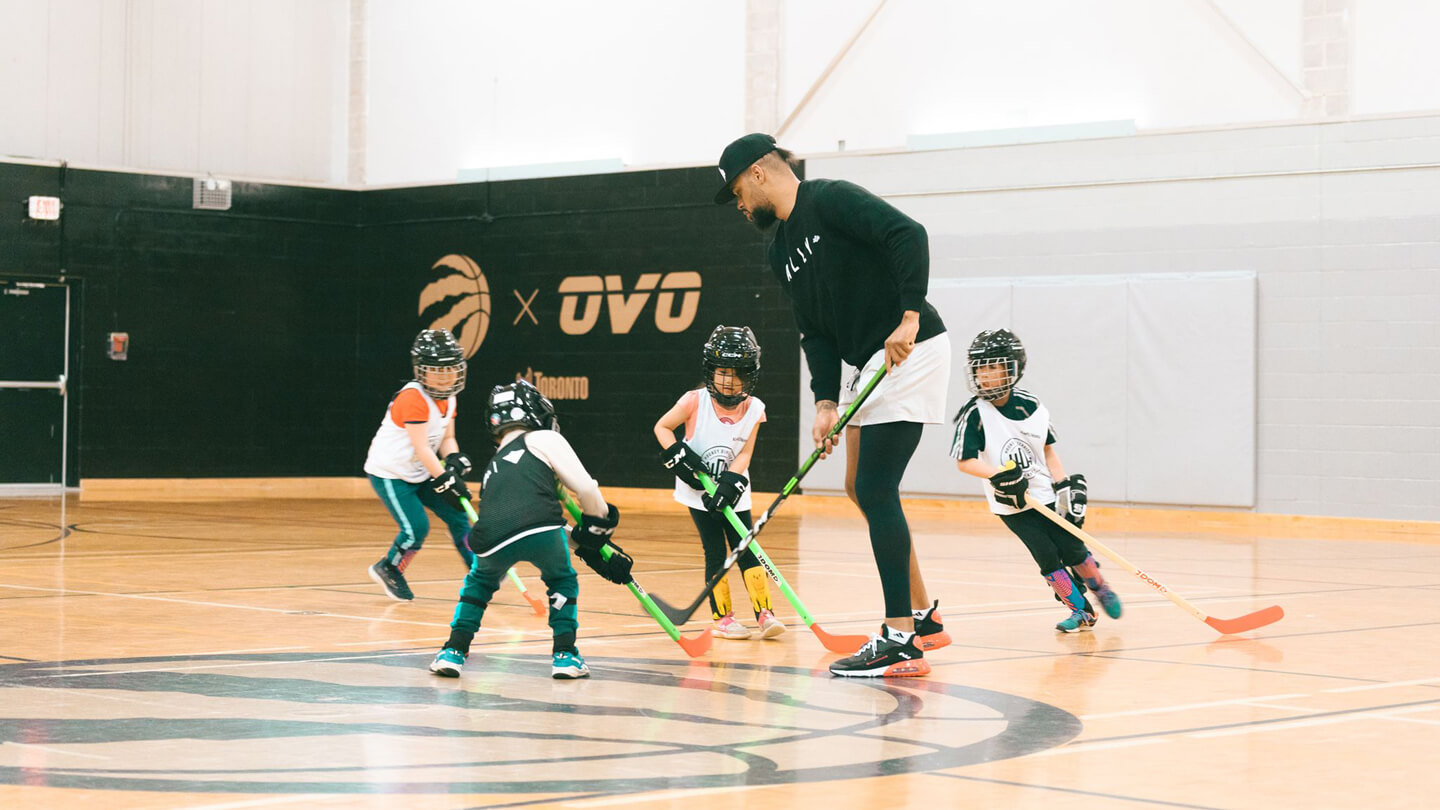Wherever the GOHL goes from here, what seems clear is that the engine driving this machine won’t soon quit. Because the motivation comes not from a vague desire to grow the sport, but from somewhere deeper — that memory of what it was like back home, before the bright lights of the pros; that memory of all those kids who fell in love with the game like they did, but didn’t get the same opportunity to see it through.
It’s that same motivation that keeps the HDA members directly connected to their communities — and to hockey’s BIPOC community at large — even beyond this grassroots work.
“One of the biggest things that we’ve prided ourselves on is being a hands-on type of program, a player-led group. I don’t know, I can’t see there being any other way,” Aliu says. “This group is led by players who have experienced the things that we’re trying to pass down to the next generation. We’ve had our whole group on calls, on Zoom calls, with kids in minor hockey all over Canada, in the U.S. Guys take the time personally to jump on the call with kids that deal with issues. We really pride ourselves on continuing to be that type of organization that’s within reach, and accessible, no matter what guys are doing.
“We have guys that are in managerial positions throughout the NHL, we have current NHL players, we have former NHL players, and all of them are a phone call away. … I think that’s special, and I think that’s maybe one of the most impactful things of our group, is just how much the fellas care about being able to speak with these kids and have a conversation and give their thoughts and wisdom from experience.”
For Ward, the reasons for that commitment are clear. “[Hockey] was a vital part of us growing up, so just to give kids an opportunity to be included, to feel welcomed, and to give them another outlet, is important,” adds Ward. “I have two boys, and making hockey a safe place is extremely important because I don’t want my children, or any child, to have to go through what I had to endure growing up facing racism in the sport.
“If they choose to play minor hockey, they should feel safe, like everybody else. They shouldn’t have to face hatred because of the colour of their skin. They should feel welcomed, and have an equal opportunity, like everybody else in the sport that we all love.”





